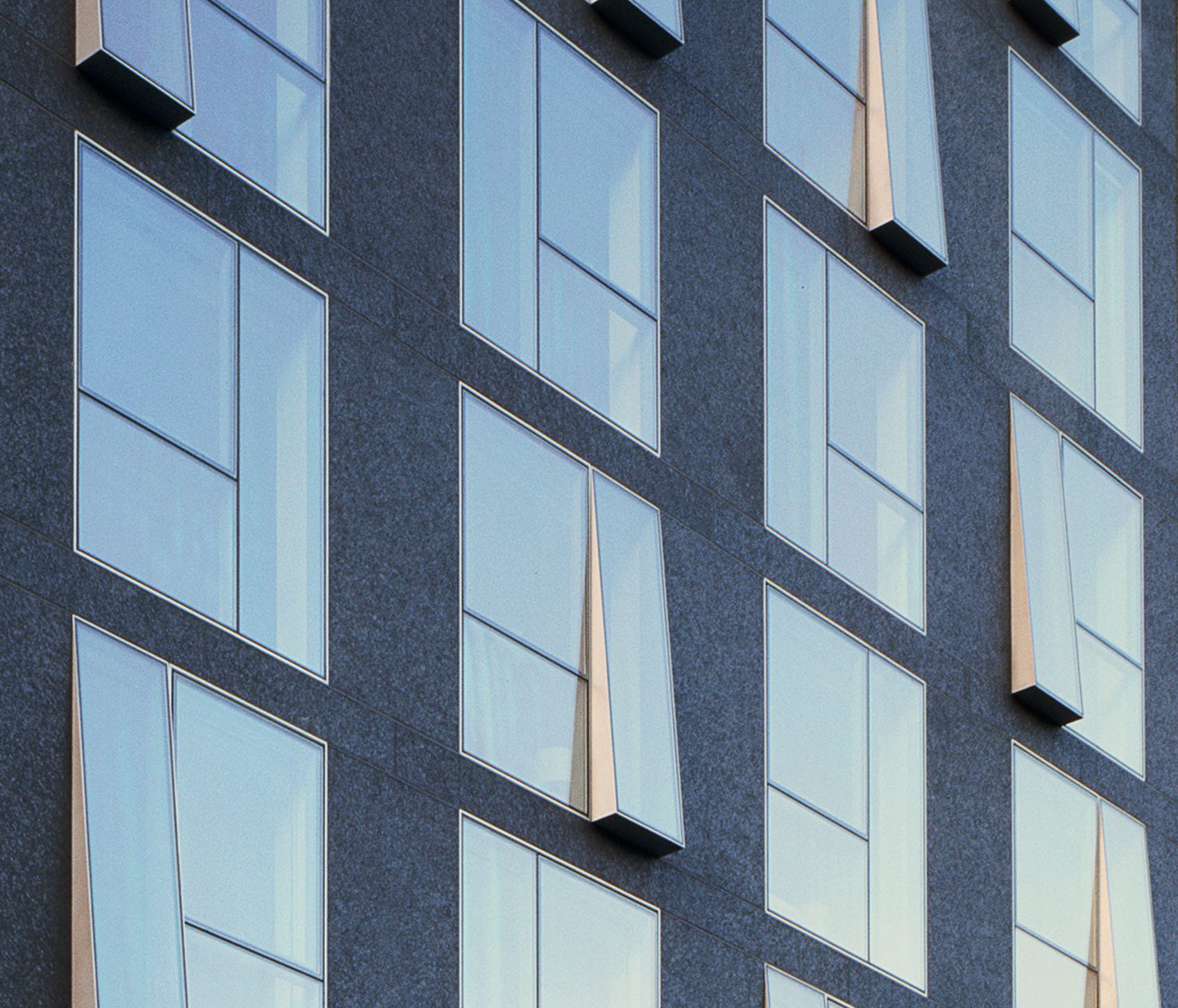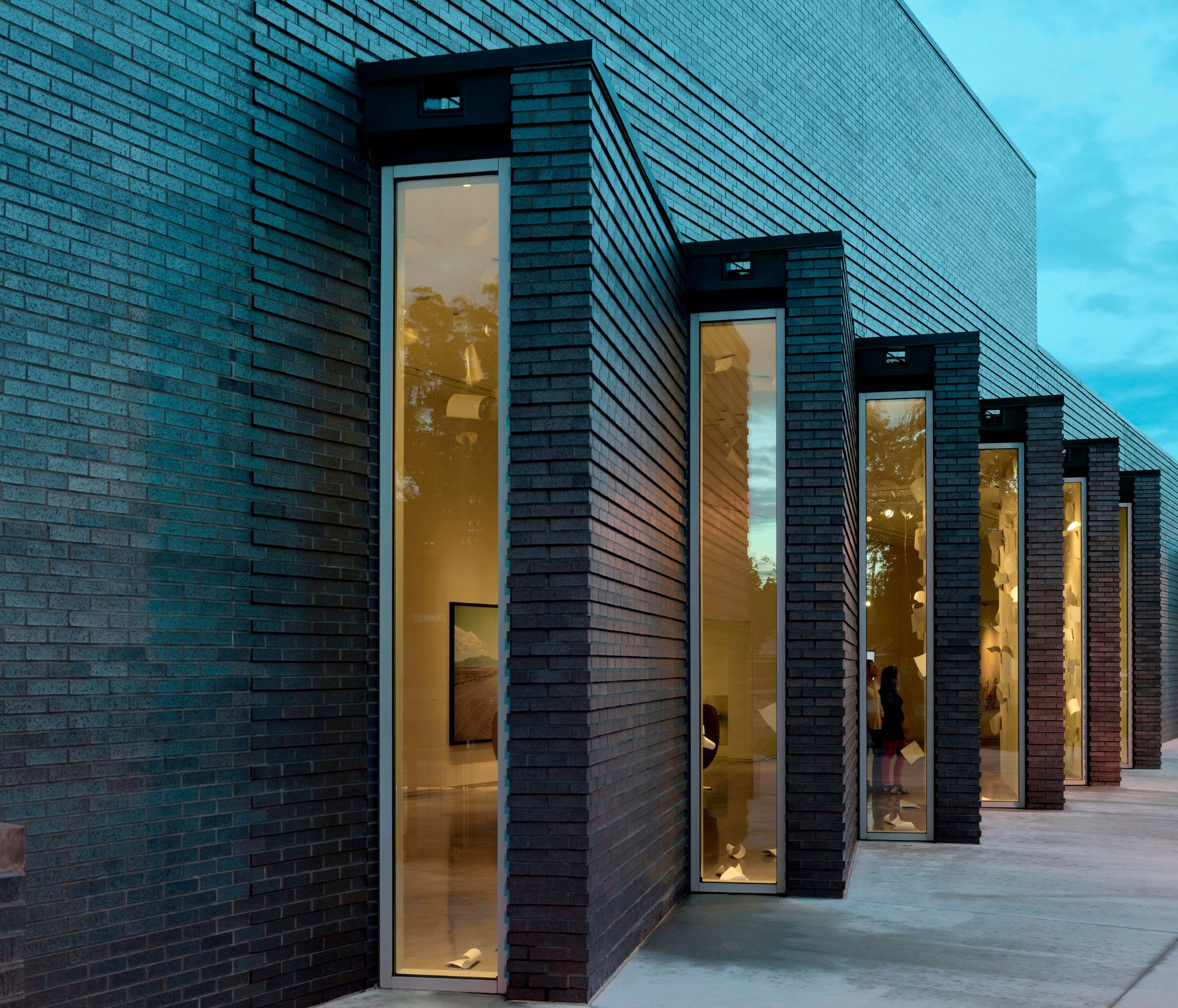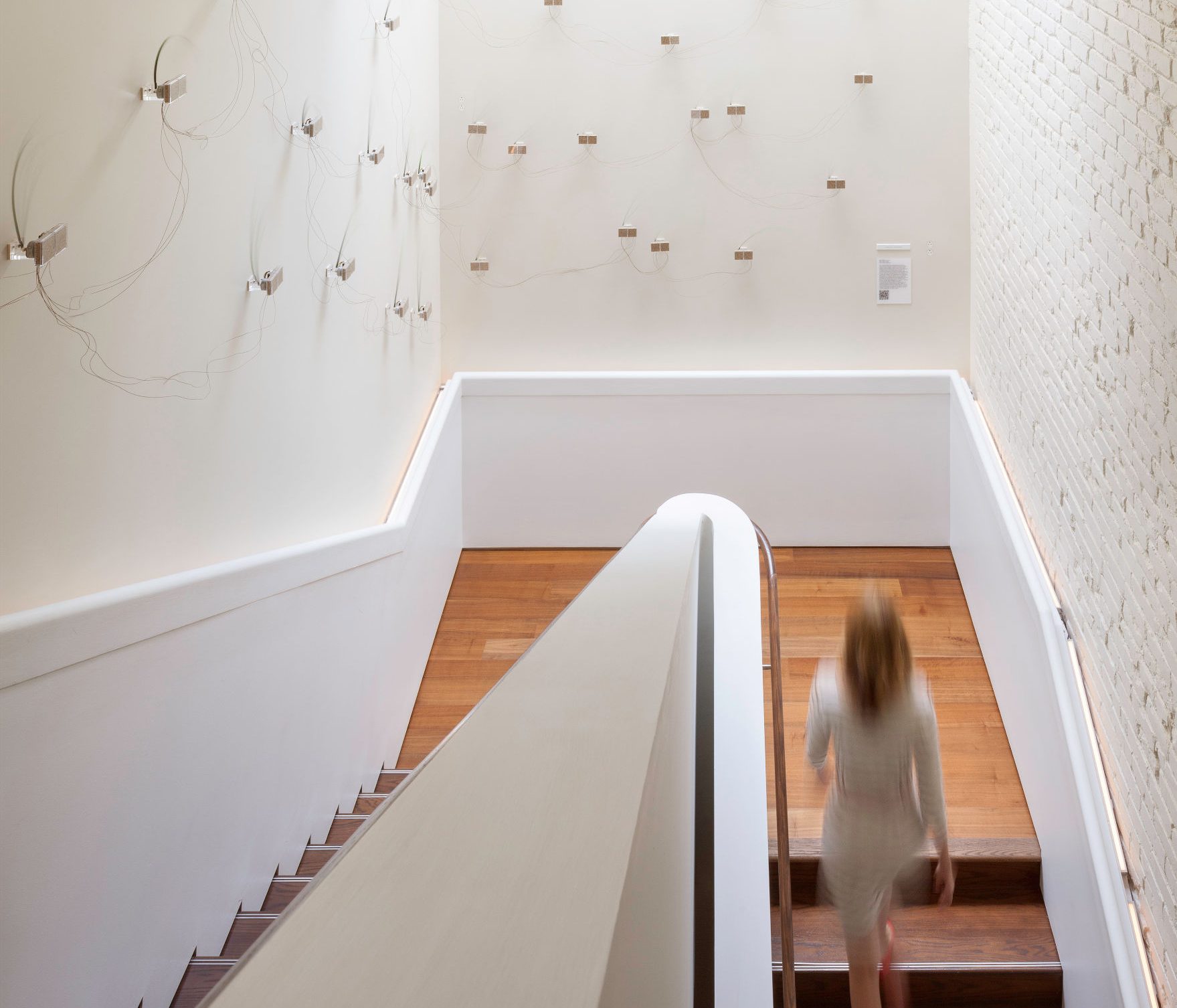Our buildings are rooted in their surroundings. Sometimes we draw on and extend the design language of their context; sometimes we provide deliberate contrast to call attention to a place. In every case, we strive to make buildings that belong only where they are.
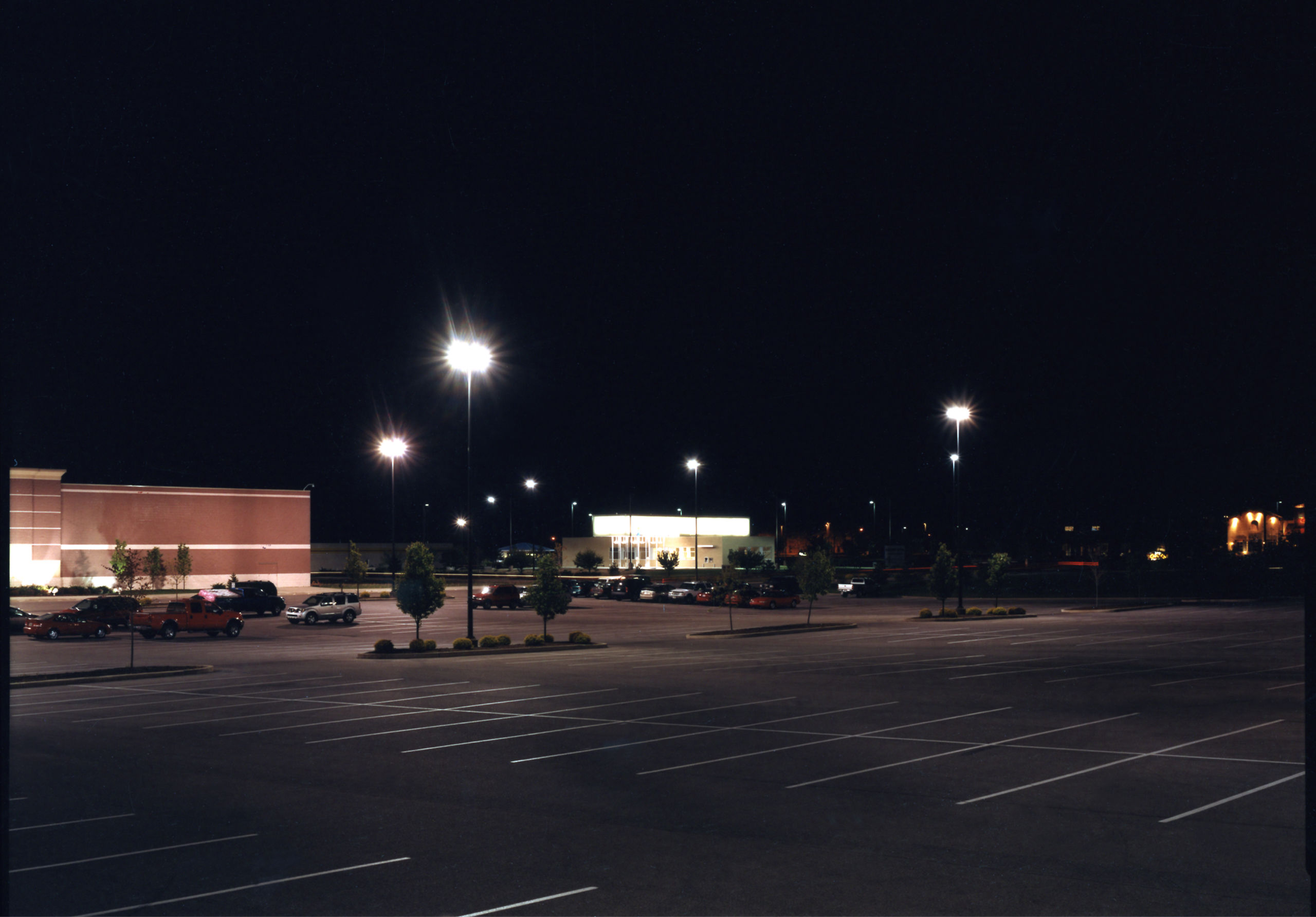
Irwin Union Bank in Columbus, Indiana, consists of a simple but bold gesture: a glass “Light Box” that helps this little building assert its place among its big box retail neighbors set against an expanse of parking. See the project
We create juxtapositions that feel unexpected and yet somehow also inevitable. We design these juxtapositions, these plays of adjacency, at various scales: from furniture to facades, and at the scale of the city. This interest may depend on a play of form but may also unfold as people experience our buildings.
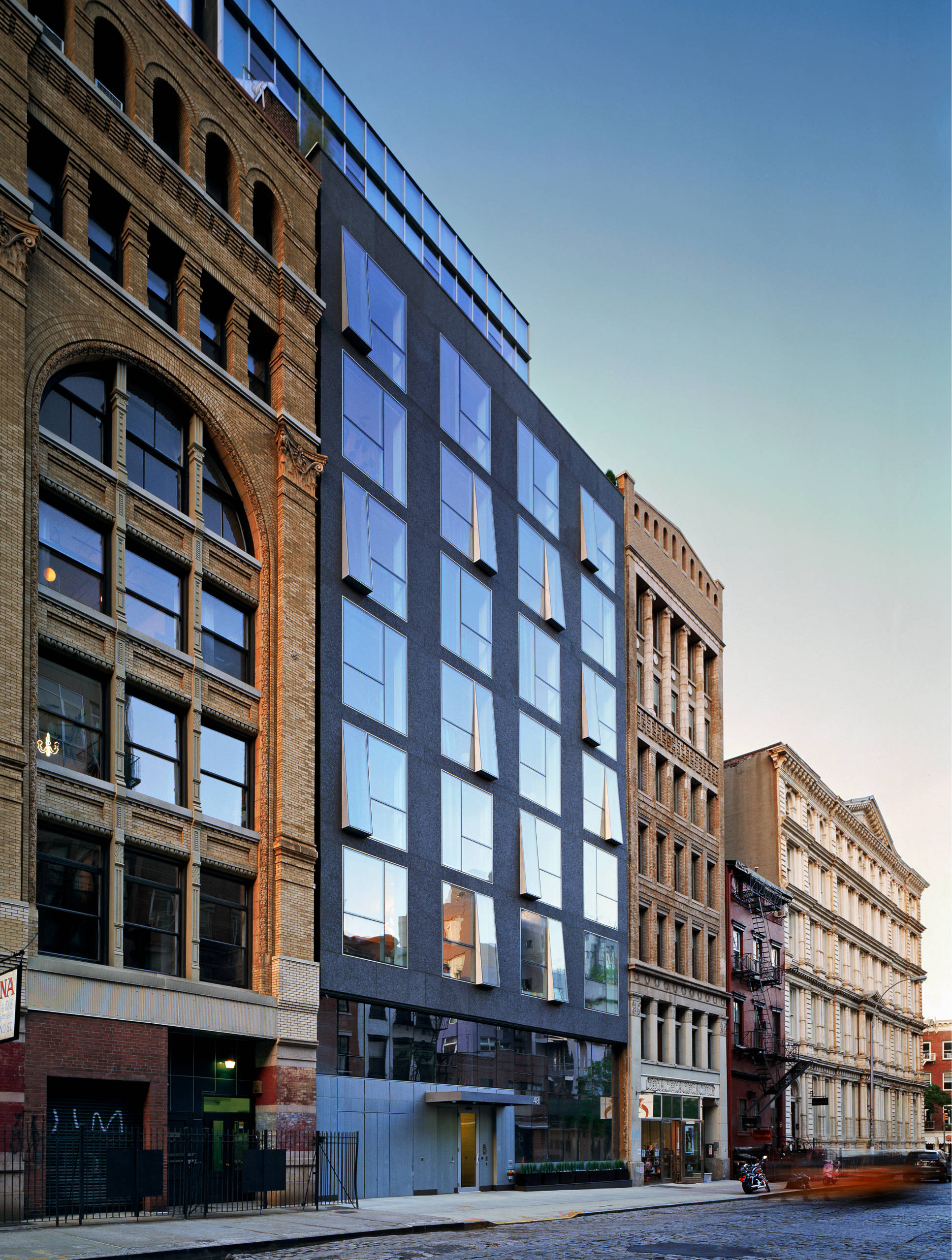
The rhythm and composition of the façade at 48 Bond both looks at home next to its historic neighbors but also stands out as something explicitly new. See the project
Reasserting the here and now, which is the antidote to placelessness and homogeneity, demands absolutely that one avoid predictability. To bring out the here, something might have to be quite unexpected, jarring us into the moment, asserting the now.
Deborah Berke
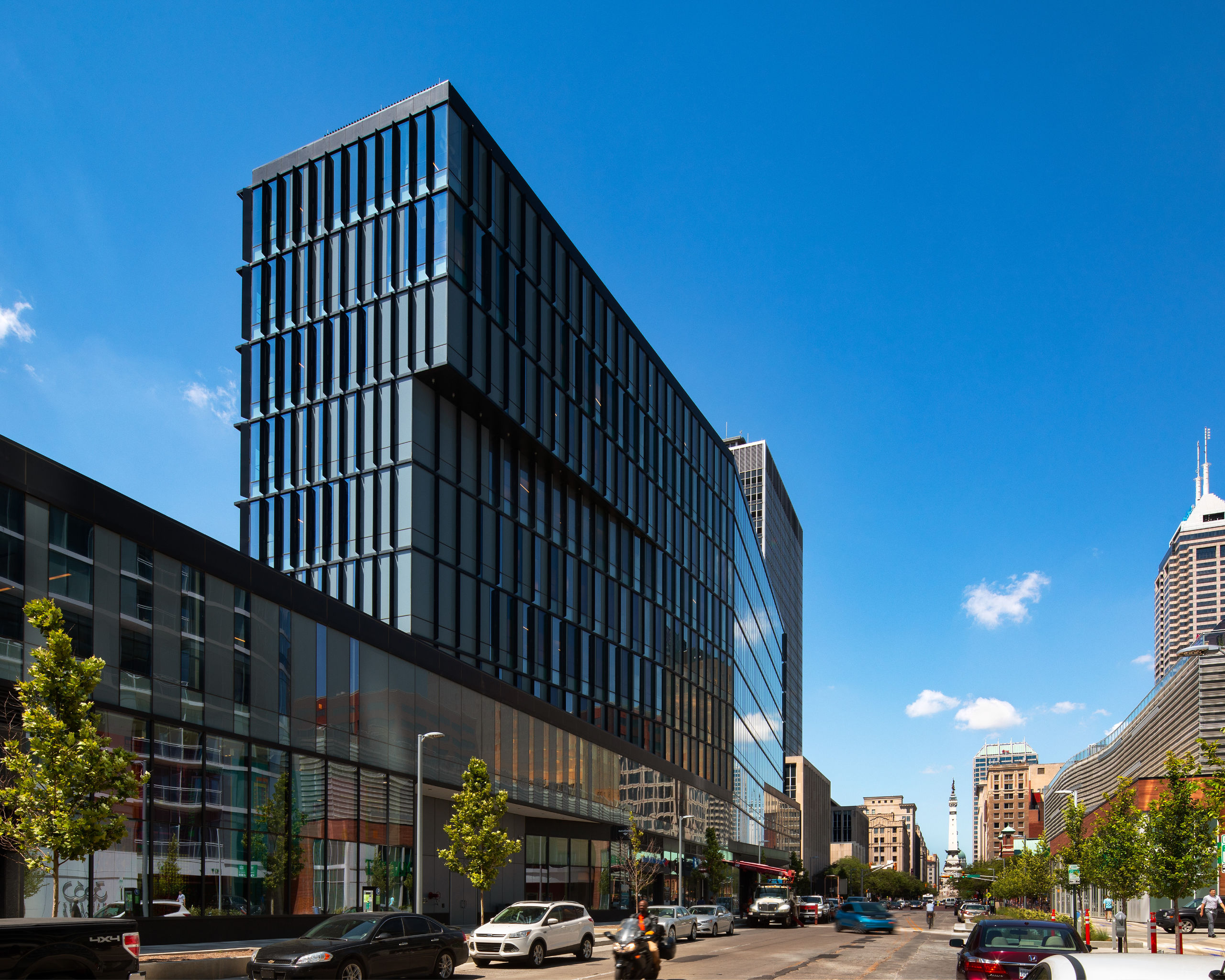
The new building for Cummins in Indianapolis purposefully concentrates the project’s program along Market Street to emphasize the street wall and the important Monument Circle beyond. See the project
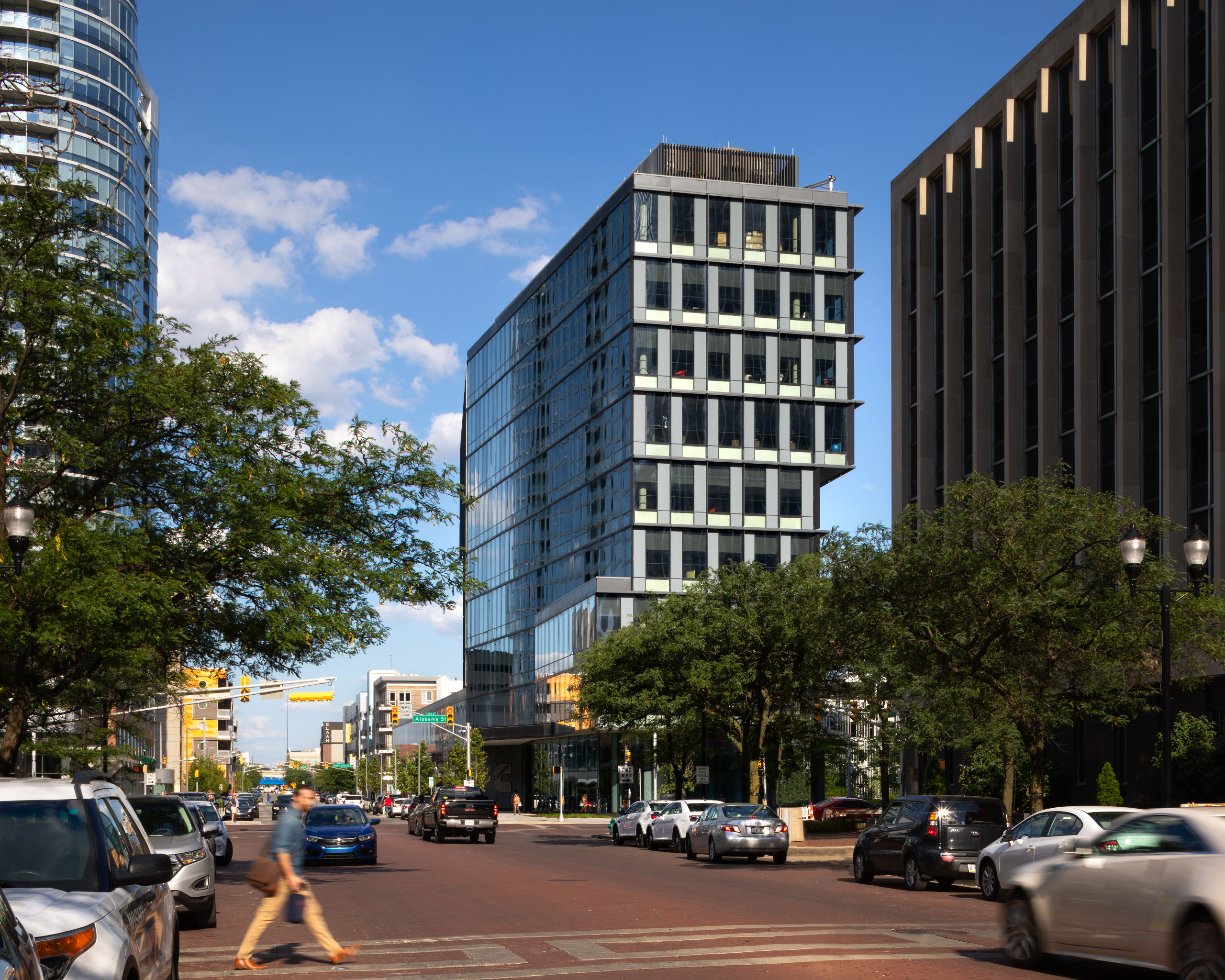
The Cummins building’s massing forms a landmark in the city, but it also defines new urban green space that helps to activitate city life. See the project

Placemaking often comes from bold architectural expression. But it also comes from how people engage a place — the life that takes place there and the memories that are formed. We delight in animating our projects with activity: living, dining, working, creating, or simply being with friends. How these types of spaces relate to each other and to their urban context requires a kind of storytelling during the design process.
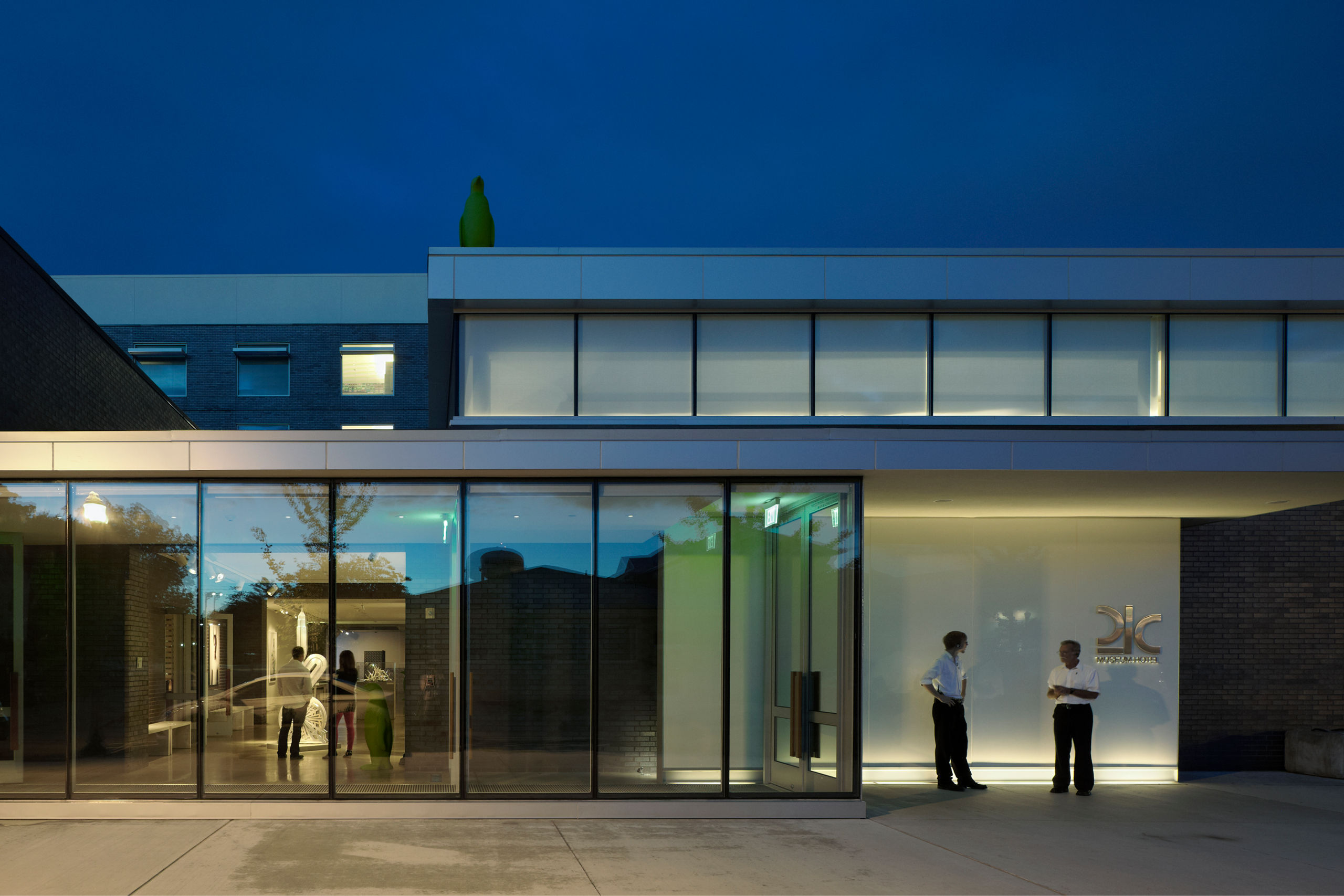
Art, food, and drink at 21c Bentonville form a rich sequence from the sidewalk to the skylight-lit restaurant inside. See the project
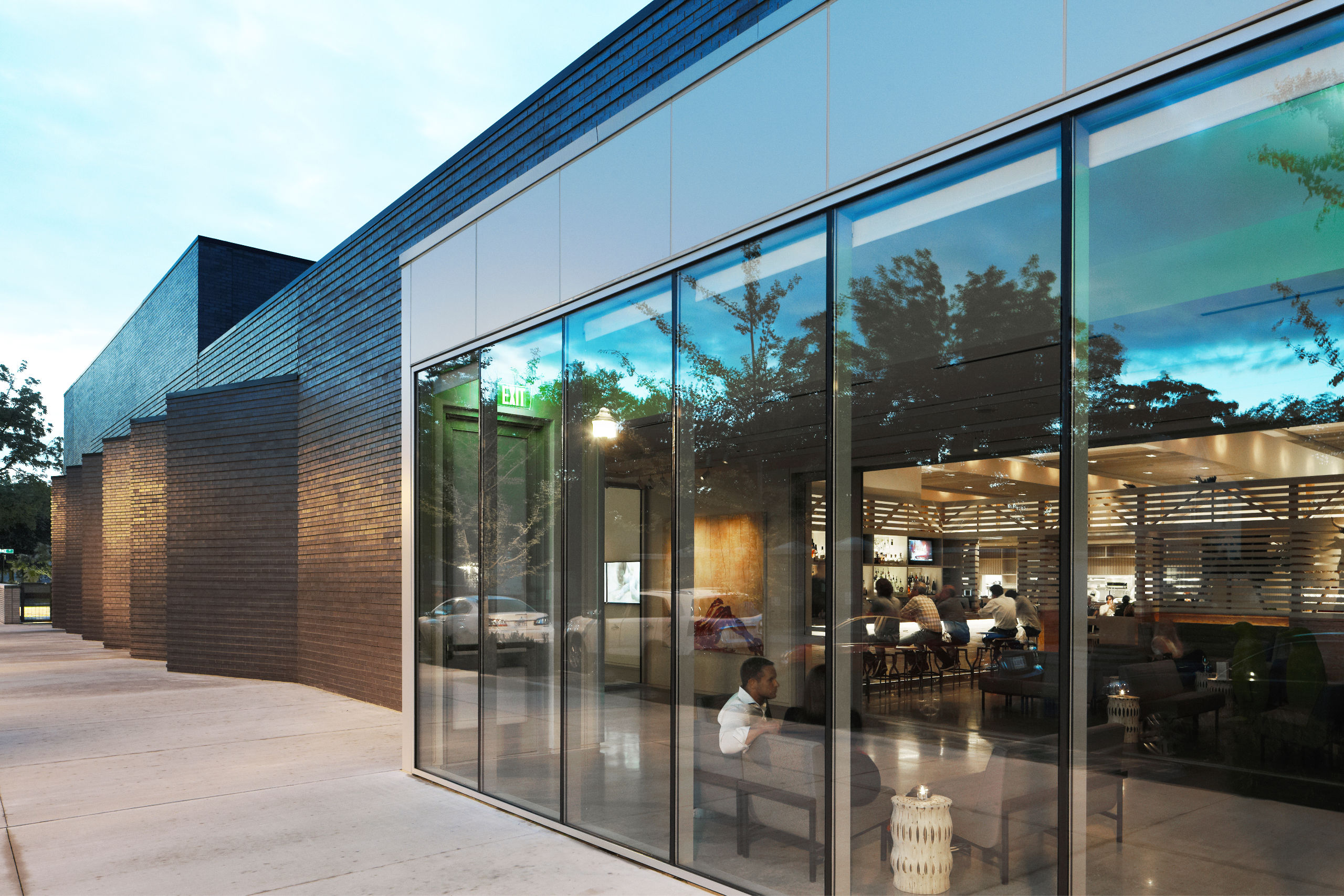
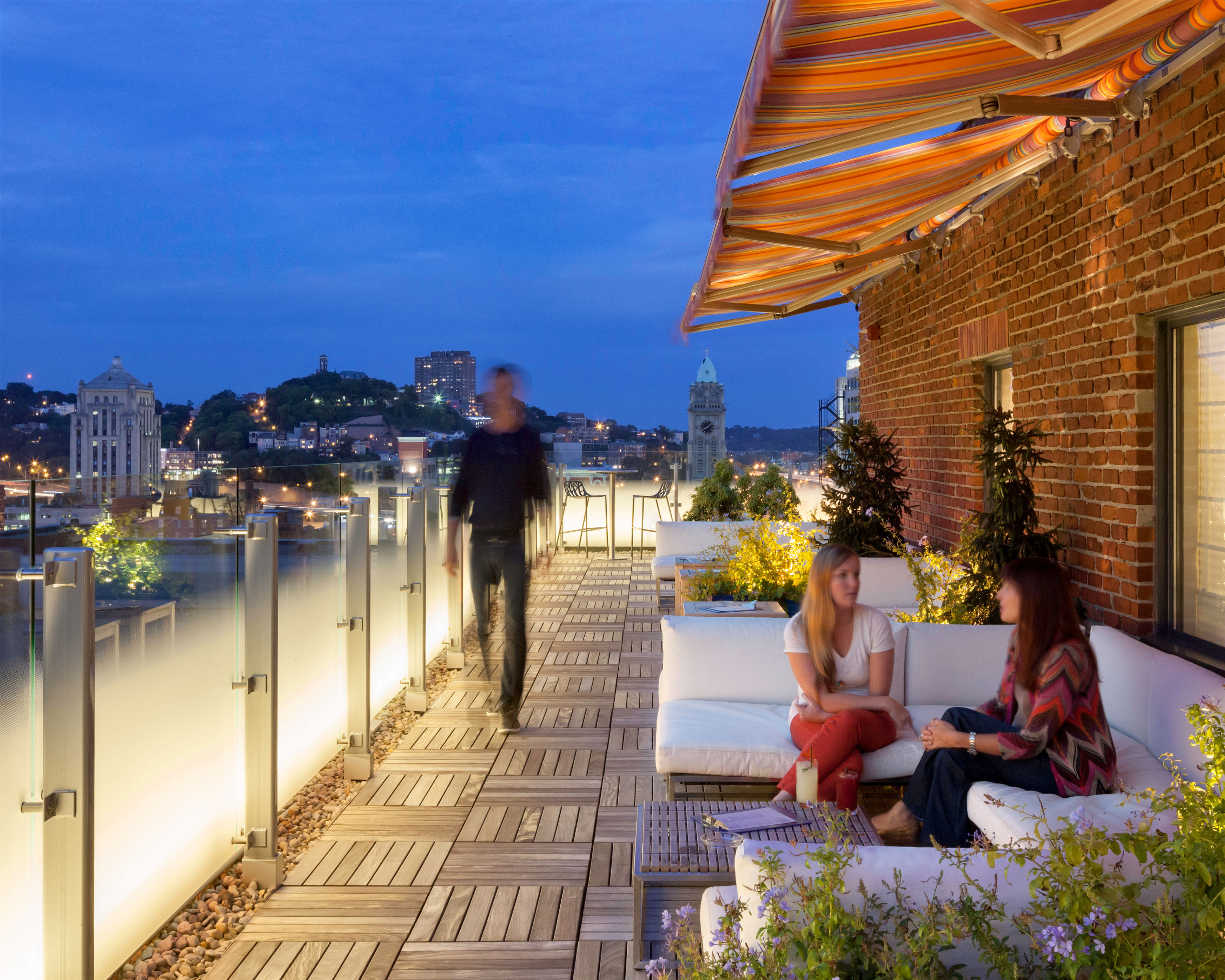
At 21c Cincinnati, a rooftop lounge draws the public through the building. See the project
Grounding architecture in a place and making it memorable also comes from the subtle details. Materials, craft, texture, and color may be less overt, but when they are part of the history of a place and richly woven throughout a project, they can leave a powerful impression. This is especially the case when these details tie back to local craftspeople who we ask to bring their knowledge and resources to a project.
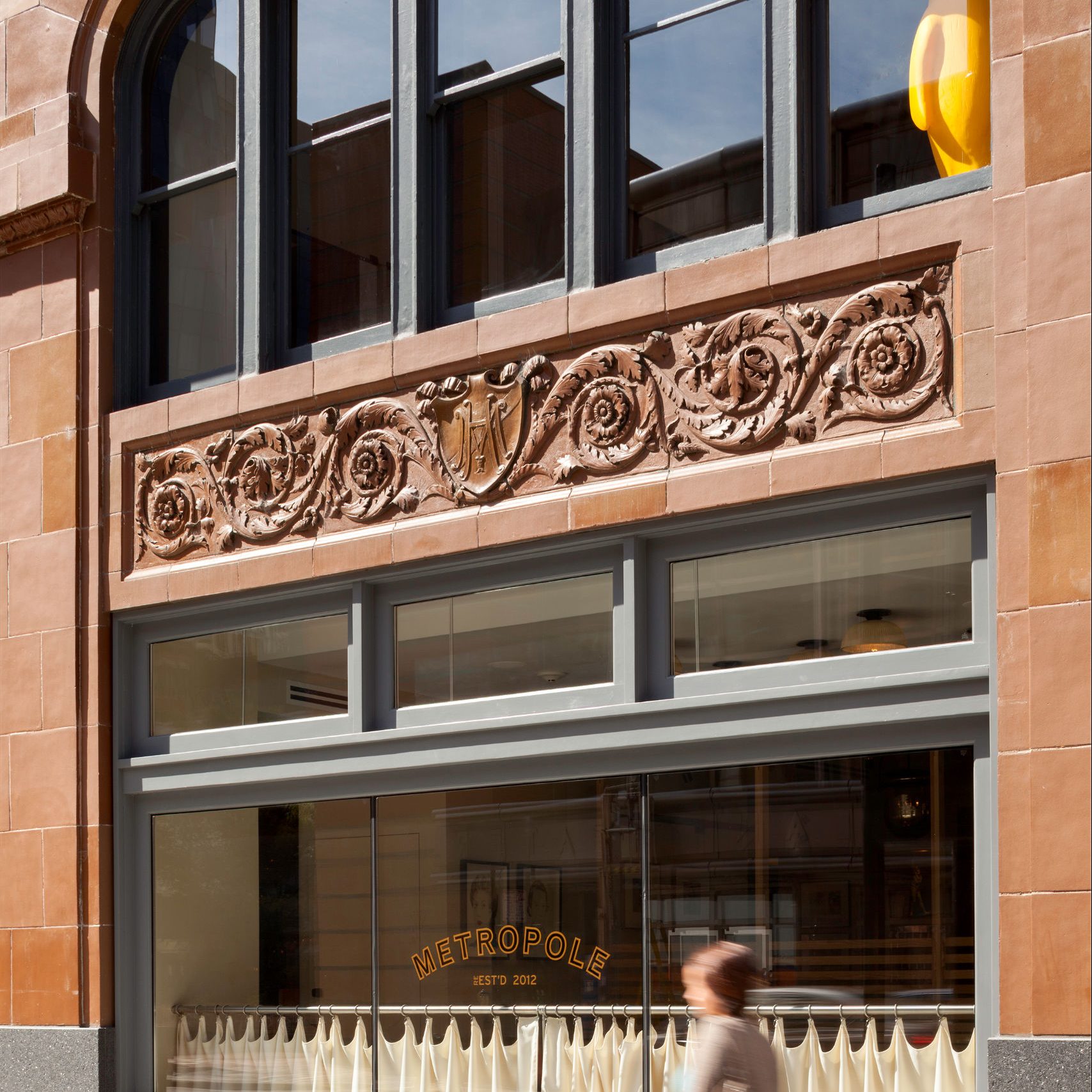

For the 21c Museum Hotel Cincinnati, we found a local porcelain maker in business since the 1860s and developed a suite of tiles in public restrooms that reproduce body parts—in this case, an ear. This new use of craft echoes the building’s original terra cotta ornament. See the project
For the Rockefeller Arts Center at SUNY Fredonia in western New York, we extended the predominant design language of the campus of cast-in-place concrete to make something “of its place” that also asserts “the now.”
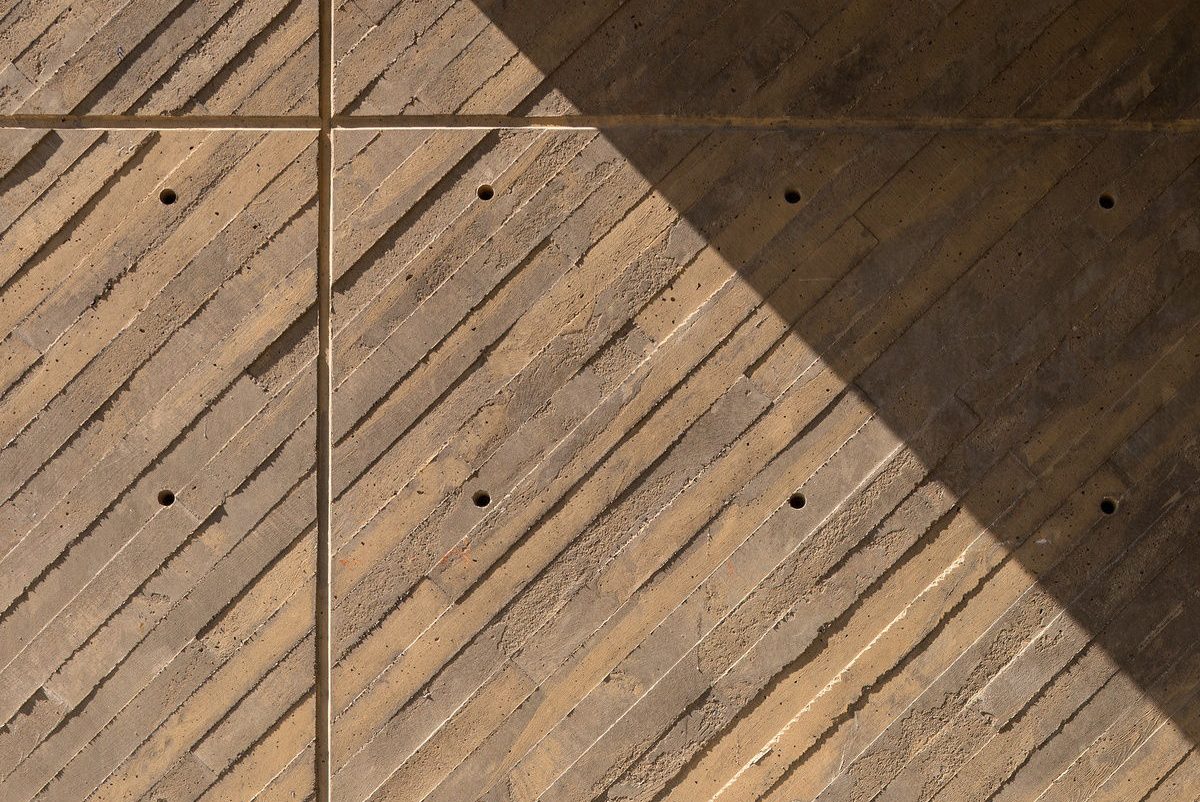
The new cast-in-place concrete at the Rockefeller Arts Center reaffirms the solidity and tone of the existing buildings, but introduces a deliberately different diagonal board-formed texture into the formwork. See the project
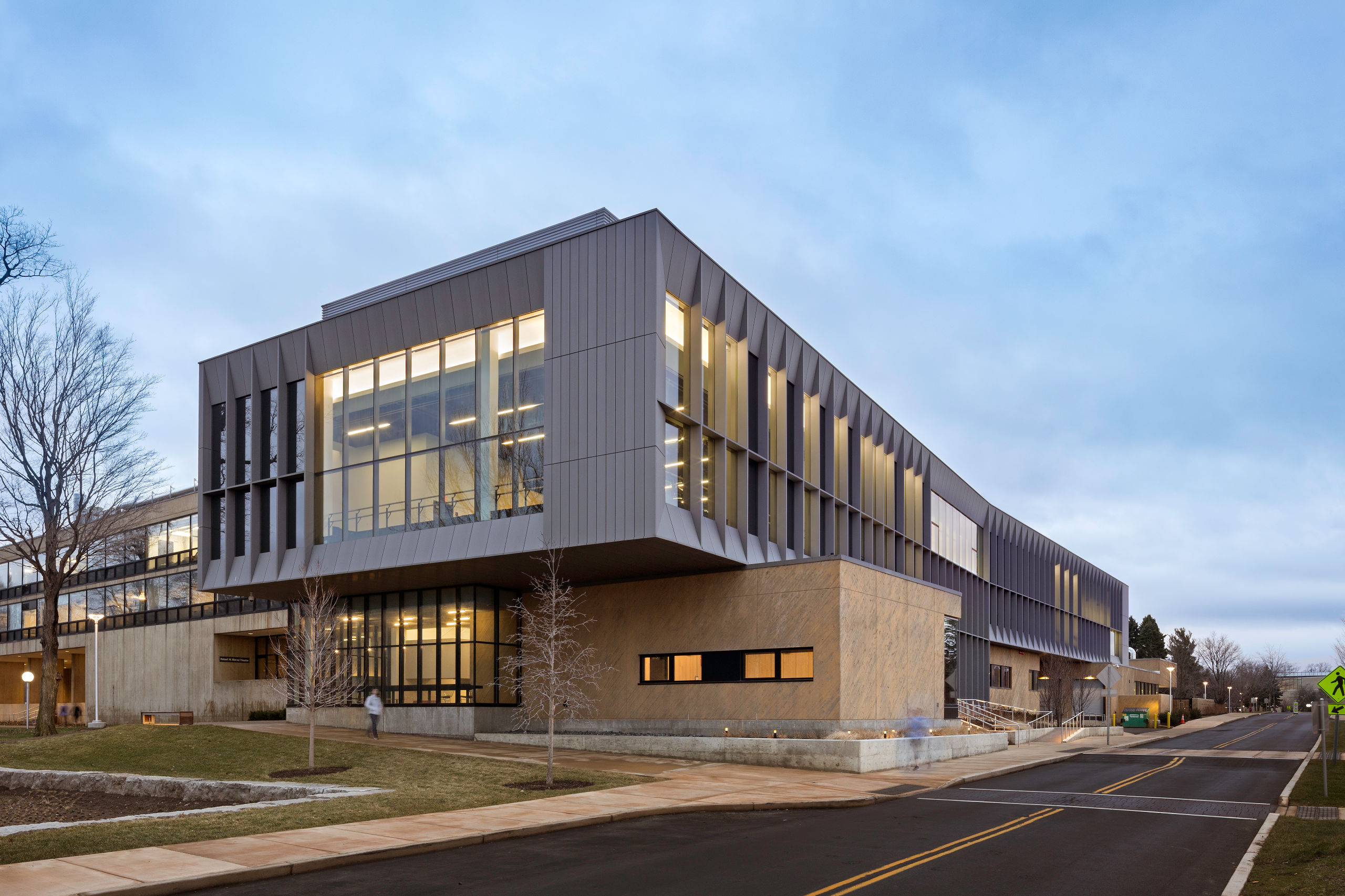
The new Rockefeller Arts Center at SUNY Fredonia adjoining the existing I.M. Pei building. See the project

